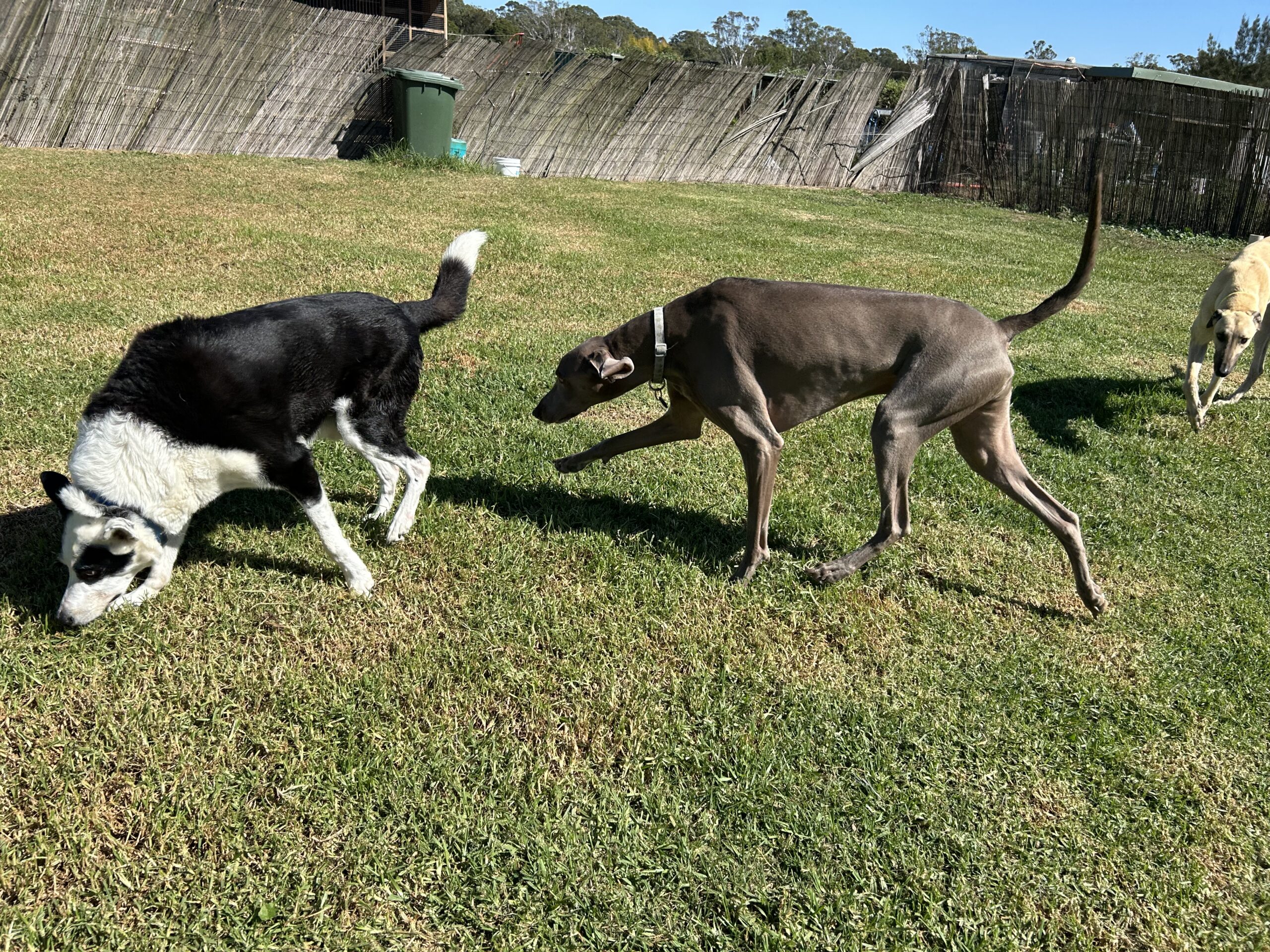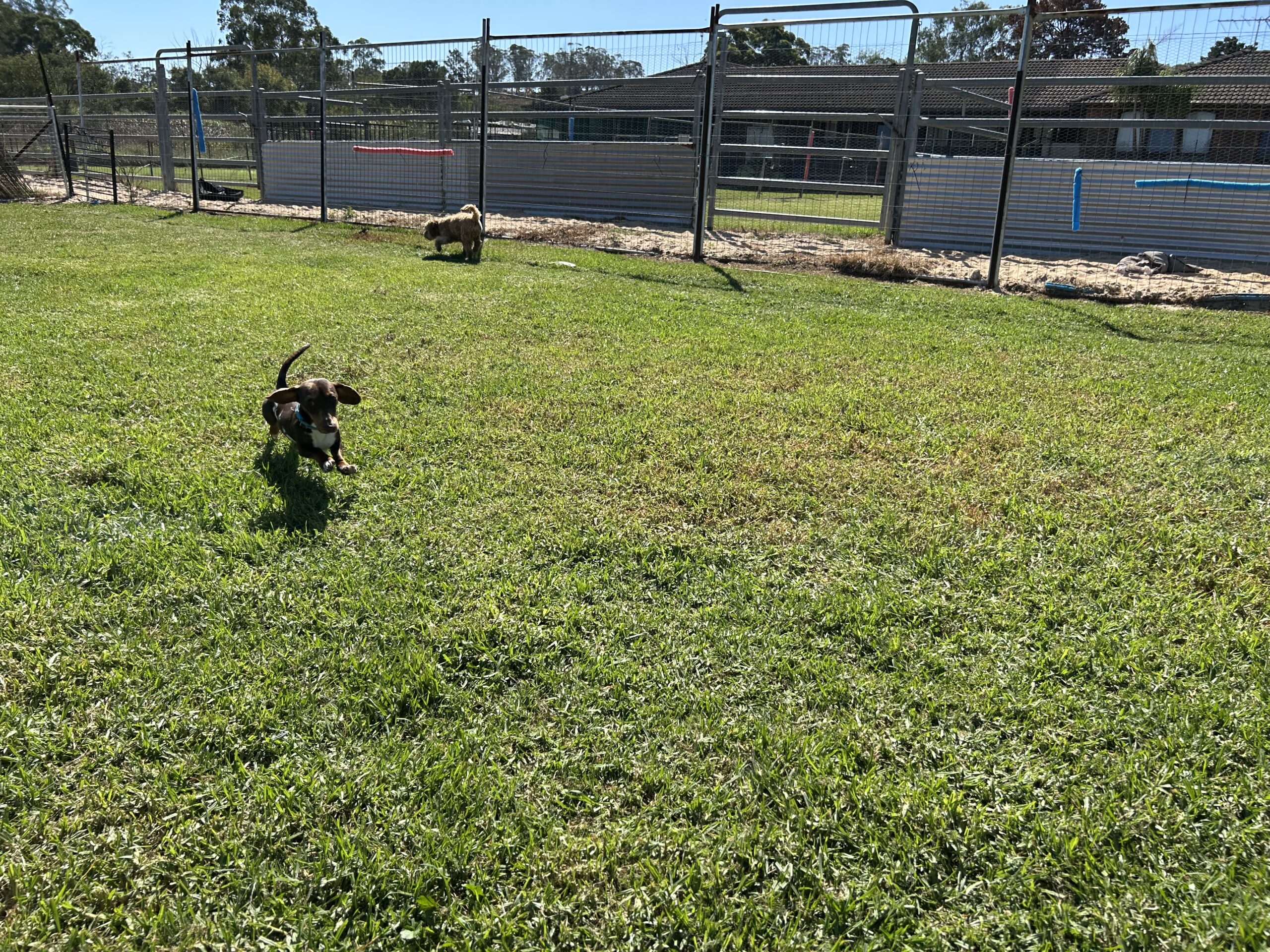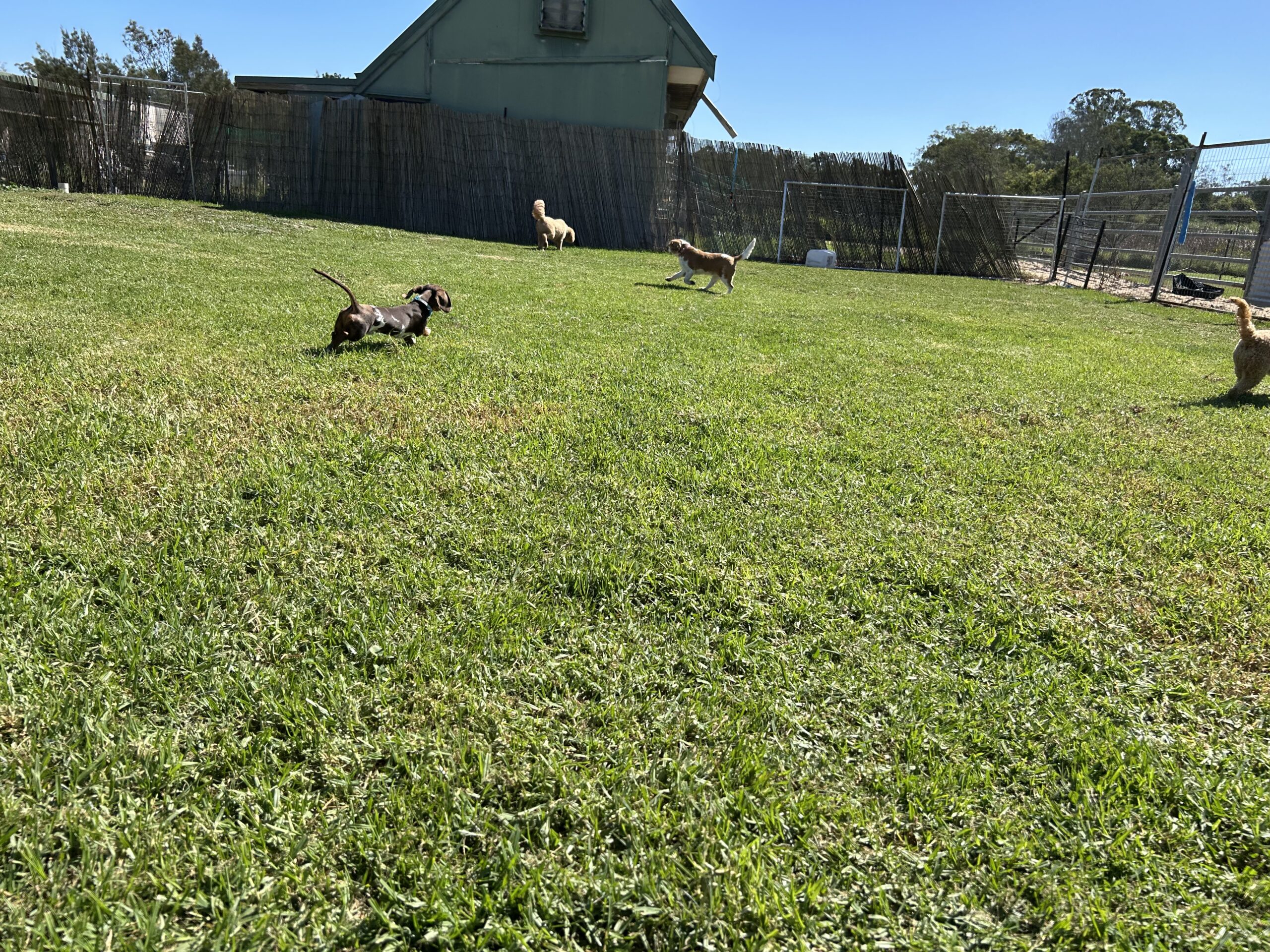Mind Matters: Dog Grooming Psychology

Canine Glamour view more on tiktok and instragram
Did you know that dog grooming isn’t just about keeping our furry friends looking their best? It plays a vital role in their overall well-being, enhancing their physical and emotional health. Understanding the psychology of dog grooming is essential for providing effective canine care that goes beyond aesthetics.
When it comes to grooming, dogs have different responses based on their individual experiences and personalities. Some dogs may find the process enjoyable and relaxing, while others may experience stress and anxiety. Recognising and addressing the emotional aspects of grooming is crucial to ensure a positive experience for our canine companions.
Unfortunately, the grooming industry is currently unregulated, which poses potential risks to the well-being of animals. Inconsistencies in techniques and practices may lead to discomfort, fear, or even physical harm. That’s why it’s crucial to establish regulations and promote positive training techniques and safe-handling methods in dog grooming.
Key Takeaways: Dog Grooming Psychology
- Dog grooming is not just about appearance – it has a significant impact on a dog’s well-being.
- Understanding the emotional experience of grooming is essential to create a positive and cooperative environment.
- Consent and respect should be central to grooming practices, focusing on the preferences and needs of each individual dog.
- The grooming industry needs regulation to ensure the quality of care and competency of professionals.
- A holistic approach to grooming can enhance the overall well-being of dogs and strengthen the bond between dogs and their owners.
The Emotional Experience of Grooming
Grooming can be a physically demanding task for dogs, and it often involves handling their bodies in various ways. Many dogs may experience discomfort or fear during the grooming process due to the use of “safety” devices and tools that force non-consensual behaviour. The grooming environment can also be overwhelming, with sensory overload and potential stressors. It is crucial to recognise and address the emotional well-being of dogs during grooming to create a more positive and cooperative experience.
Groomers need to approach each dog with empathy and understanding, considering their individual needs and sensitivities. By adopting gentle handling techniques and using positive reinforcement, groomers can help reduce stress and anxiety. Creating a calm and comfortable environment, free from loud noises and harsh handling, can also contribute to a more positive emotional experience for dogs.
Understanding Stress and Anxiety
“Stress and anxiety are common emotional experiences for dogs during grooming. It is essential for groomers to be aware of these emotions and take steps to alleviate them.”
When dogs experience stress and anxiety during grooming, it can manifest in various ways, such as panting, pacing, trembling, or attempting to escape. By recognising these signs, groomers can adjust their approach and implement techniques to help dogs feel more at ease.
| Signs of Stress and Anxiety | Techniques to Alleviate |
|---|---|
| Panting | Provide frequent breaks and offer water |
| Pacing | Create a calm grooming environment with minimal distractions |
| Trembling | Use gentle handling techniques and provide reassurance through calm verbal cues |
| Attempting to escape | Allow the dog to take breaks and gradually introduce grooming tools |
It’s important for groomers to communicate with pet parents, as they may provide valuable insights into their dog’s behaviour and triggers. By working collaboratively, groomers and pet parents can create a grooming plan that prioritises the emotional well-being of the dog.
Consent and Respect in Grooming
Giving dogs the choice to participate in grooming and honouring their preferences is essential for their well-being. Consent and respect should be at the centre of grooming practices, focusing on building trust and positive associations. Groomers should incorporate positive training techniques and safe-handling methods to encourage cooperation. By listening to the dog and grooming on their terms, the experience can become enjoyable and something they look forward to.
Grooming a dog without their consent can lead to stress, fear, and even aggression. It is important to establish a trusting relationship with the dog and ensure their comfort throughout the grooming process. By providing choices and allowing the dog to opt-in, groomers can create an environment of cooperation and understanding.
One effective way to honour a dog’s preferences is by using force-free methods and positive reinforcement. This involves rewarding desired behaviours and avoiding punishment or coercion. By focusing on positive training techniques, groomers can build a strong foundation of trust and cooperation.
Safe handling is another crucial aspect of honouring a dog’s preferences during grooming. This includes using gentle and non-restrictive methods, such as body language cues and gentle touch. It is important to ensure the dog feels safe and secure throughout the grooming process.
Building Trust Through Cooperative Grooming
Cooperative grooming involves actively engaging the dog in the grooming process and giving them a sense of control. By providing choices, such as allowing them to choose the brush or shampoo, groomers can empower the dog and promote a positive experience.
Listening to the dog’s cues and respecting their boundaries is key in cooperative grooming. If a dog shows signs of discomfort or stress, such as lip licking or pulling away, it is important to pause and reassess the situation. This allows the dog to communicate their needs and ensures their well-being is prioritised.
“Cooperative grooming creates a partnership between the dog and groomer, where the dog feels heard and respected.”
By working together with the dog and honouring their preferences, groomers can transform the grooming experience into a positive and enjoyable one. This not only benefits the dog’s physical well-being but also contributes to their overall emotional health.

| Benefits of Consent and Respect in Grooming | Results |
|---|---|
| Promotes trust and cooperation | The dog feels comfortable and actively participates in the grooming process. |
| Reduces stress and anxiety | The dog experiences less fear and discomfort during grooming. |
| Enhances the dog’s overall well-being | The grooming experience becomes positive, leading to a happier and healthier dog. |
The Importance of Regulation in Grooming
The grooming industry plays a crucial role in maintaining the well-being of our furry friends. However, without proper regulation, there are risks that can compromise the quality of care animals receive and the competence of professionals in the field. Implementing regulations in the dog grooming industry is essential to ensure consistent standards and protect the welfare of our beloved pets.
Regulations would address several key aspects of dog grooming, enhancing the overall care provided to animals. They would establish guidelines for grooming facilities, equipment, and products to ensure the safety and well-being of dogs during the grooming process. Additionally, regulations would emphasise the importance of groomers continually updating their knowledge and skills to maintain competence in their profession.

A unified and regulated grooming industry would inspire collaboration among pet professionals, promoting the exchange of best practices and the development of innovative techniques. By focusing on the psychological and emotional aspects of grooming, groomers can provide a less stressful experience for dogs, resulting in a higher quality of care.
| Benefits of Regulation in Dog Grooming |
|---|
| Ensures consistency in quality of care |
| Maintains standards for grooming facilities and equipment |
| Promotes ongoing professional development and competence |
| Creates a collaborative and synchronised grooming industry |
| Focuses on the psychological and emotional well-being of dogs |
Grooming regulations would not only benefit the dogs but also instil confidence in dog owners, knowing that their pets are in capable hands. With a regulated industry, pet owners can have peace of mind, trusting that their beloved companions receive the highest standard of care during grooming sessions.
Working Towards a Brighter Future
The implementation of dog grooming regulations requires the collective effort of the grooming community, industry associations, and government bodies. By working together, we can establish a regulatory framework that prioritises the well-being of our canine friends and ensures groomers are knowledgeable, skilled, and dedicated to their craft.
“Effective regulation sets the foundation for a responsible and professional grooming industry, where dogs’ safety, comfort, and happiness are never compromised.” – Dr. Emily Jones, Canine Care Association
As groomers, it is our responsibility to embrace regulation and constantly strive for excellence. By adhering to regulations and continuously educating ourselves, we contribute to the positive evolution of the grooming industry and the well-being of dogs in our care.
Conclusion
The holistic approach to dog grooming prioritises the well-being and emotional experience of our furry friends. By considering their individual needs and preferences, we can create a more positive and cooperative environment that enhances their overall well-being.
Implementing positive training techniques and safe handling methods is crucial in ensuring that grooming becomes an enjoyable experience for dogs. By building trust and positive associations, we can make grooming something they look forward to.
Regulation within the grooming industry is necessary to ensure the quality of care dogs receive and the competence of professionals. By working towards establishing regulations and promoting continuous education, we can shape the future of grooming to be more focused on the psychological and emotional aspects.
Ultimately, a holistic and consensual approach to dog grooming not only benefits the dogs but also promotes a healthier and happier relationship between humans and their beloved pets. Let us strive for a grooming experience that enhances their well-being and strengthens the bond we share with our furry companions.
FAQ
What is the psychology of dog grooming?
How does grooming affect the emotional well-being of dogs?
What is the importance of consent and respect in grooming?
Why is regulation important in the grooming industry?
How can the psychology of dog grooming enhance the overall well-being of dogs?
Source Links
- https://www.psychologytoday.com/au/blog/animal-emotions/202209/grooming-dogs-whats-good-and-bad-their-point-view
- https://www.creatinggreatgroomingdogs.com/desensitization-this-moment-matters-ep-187/
- http://www.mindmatterscounselling.com/clinical-consultations/animal-assisted-psychotherapy/animal-assisted-therapy-faqs




